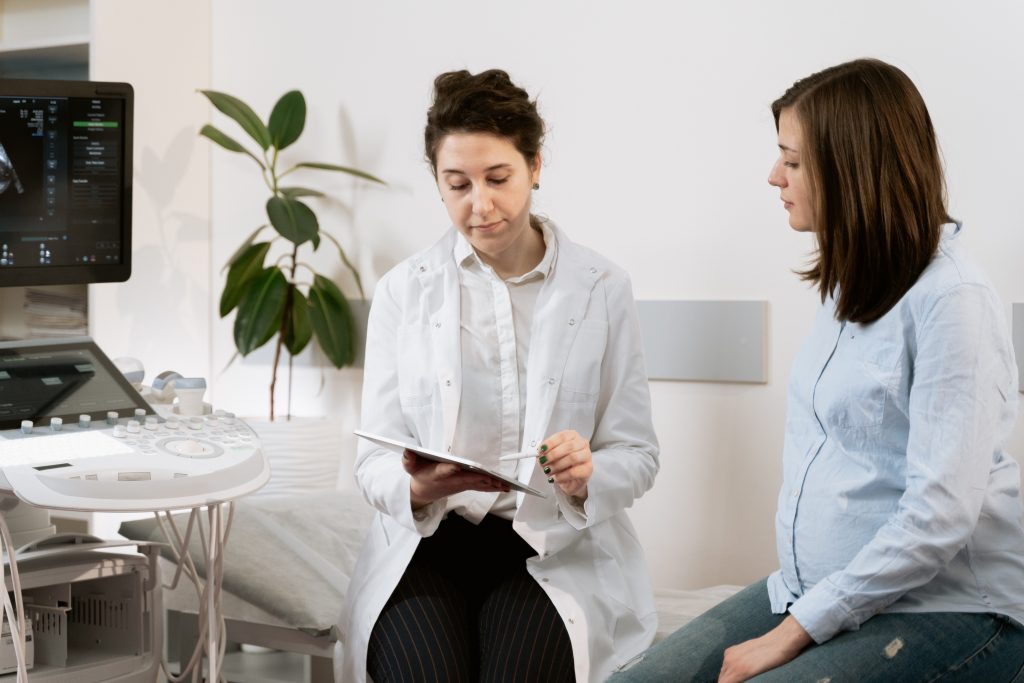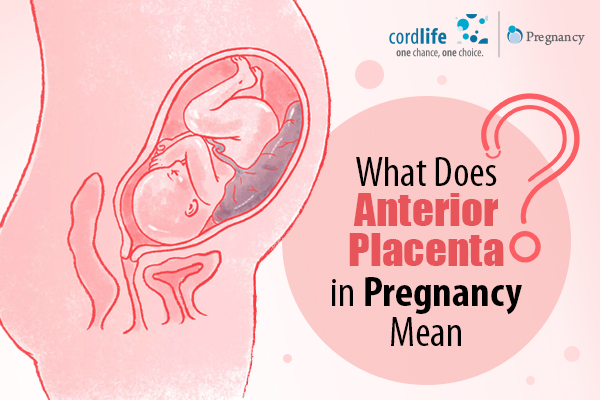Have you been diagnosed with anterior placenta? There’s no reason to lose your sleep over it. By anterior placenta, your doctor is referring to the position where your placenta has attached itself. When the placenta attaches itself to the front of your stomach, it is known as anterior placenta, and when it attaches to the back wall near the spine is known as posterior placenta. However, an anterior placenta doesn’t mean placenta previa or a low-lying placenta. Also, it doesn’t raise any risks during pregnancy.
Let’s Understand the Role Of The Placenta
Placenta is a disc-like organ formed during the third week of pregnancy from the cells of the embryo. Your baby is connected to the placenta with the help of the umbilical cord. This organ’s main function is to carry essential nutrients like proteins, calcium, etc. and oxygen from your body to that of the baby. It also transports back the waste from your baby’s blood. The placenta is delivered right after your baby is born and sometimes even collected for stem cell banking. Just like the umbilical cord, the placenta is a potent source for stem cells as it has been carrying nutrients throughout the pregnancy.
How Does Anterior Placenta Affect Pregnancy?
The placenta can attach itself to any part of the uterus wall, the most common of them being the top or side of the wall. However, in some pregnancies, the placenta attaches itself to the front of the stomach and this position is called anterior pregnancy.
Although this position doesn’t drastically affect or alter your pregnancy, there are some differences that you may experience. Since the placenta acts like a barrier or a cushion between the baby your stomach, you’ll have difficulty feeling their kicks or movements easily. Also, it can be harder to hear your baby’s heartbeat during sonography as the s/he is further away from your stomach.
While most of the situations mentioned above are not a cause of concern, there is one particular situation where anterior placenta can be problematic. This can arise if the placenta starts growing downwards and lead to placenta previa. As pregnancy progresses and your baby grows, the uterus stretches, and the placenta moves towards the top of the womb. In some pregnancies, the placenta moves towards the bottom of the uterus and ends up partially or completely blocking the cervix. This would require the baby to be delivered via a C-section and also increase the risk of other complications like excessive bleeding. However, this is not true for all pregnancies with anterior placenta. Even if you had this condition during your previous pregnancy, that doesn’t mean it will be that way this time around.
When Should You See A Doctor?

Most women with anterior placenta go on to have an uneventful delivery. Still, it is recommended that you go for regular check-ups. If you experience any of the following, then you must rush to the hospital immediately:
- Severe abdominal pain and prolonged discomfort
- Faster uterine contractions
- Vaginal bleeding
- Severe backache
- Trauma or injury to the stomach region
Discuss any concern you may have about anterior placenta with your doctor. Based on your medical history and risk level, they will be able to give you proper advice. Remember that anterior placenta is not a cause for concern. So, take it easy and let your body do its thing.
